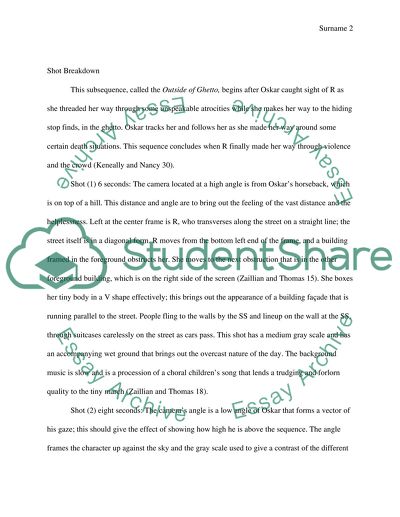Cite this document
(“Shot by Shot Analysis of Spielberg's Film Schindlers List Essay”, n.d.)
Retrieved from https://studentshare.org/visual-arts-film-studies/1451410-shot-by-shot-analysis
Retrieved from https://studentshare.org/visual-arts-film-studies/1451410-shot-by-shot-analysis
(Shot by Shot Analysis of Spielberg'S Film Schindlers List Essay)
https://studentshare.org/visual-arts-film-studies/1451410-shot-by-shot-analysis.
https://studentshare.org/visual-arts-film-studies/1451410-shot-by-shot-analysis.
“Shot by Shot Analysis of Spielberg'S Film Schindlers List Essay”, n.d. https://studentshare.org/visual-arts-film-studies/1451410-shot-by-shot-analysis.


